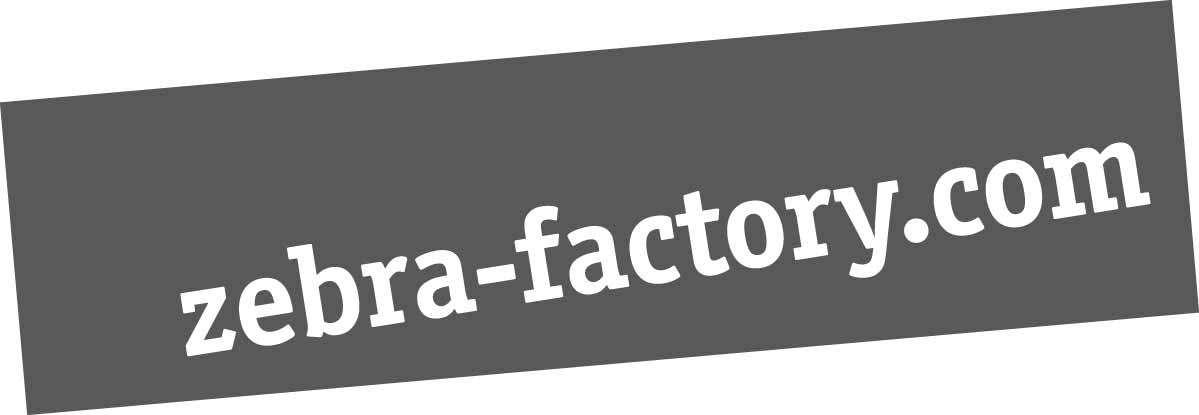Writing
Oblivion
Lee Kinsella, 2021
As individuals, we are enmeshed and reliant upon countless delicate networks of communication, whether that be the neurological networks in our brain or the fungal threads in the soil beneath our feet which connect and support organisms and plants...
Diminishing to a whisper
Christopher Young, 2021
Patterns are comforting. You know—or at least have the illusion that you know—what happens next. You see yourself reflected in others when they agree that a pattern is valid, beautiful and substantial...
Once
Paola Anselmi, 2019
Death is defiant. Even if we attempt to strip away all the belief systems that accompany how we acknowledge and respond to a death, given its inhered and opposing binary relationship to living, simply distinguishing death, as the ...
Small Town
Christopher Young, 2012-16
My sleepless plane landed just before six in the morning. It was pitch black and extremely cold outside so I stayed in the airport, had breakfast and nervously drank a few coffees waiting for the sun to rise.
Still the rain did not come…
Christopher Young, 2013
In July and August of 1936, photographer Walker Evans and writer James Agee spent three and a half weeks in Hale County, Alabama working on a commission for Fortune Magazine.
Listless Normality
Paola Anselmi, 2015
Seven square kilometres on the North Island of New Zealand. Young was born in this small town. A small town, whose identity although hidden, mirrors thousands like it. A small town with its own history, its own ...
Sketches of Poland
Christopher Young, 2011/15
The garish colours, bombastic billboards full of gleaming teeth and thick veneer of kitsch weighed heavy on us all. The visceral shock of it contrasted vividly with Elisa's romanticised memories of this place...
You can’t get there from here
David Bromfield, 2015
Christopher Young begins small town with a beautifully ‘timeless’ image of an ancient gate and a loading ramp for sheep and cattle. Mist dissolves the outlines of the grasses, hedge and trees that cover them. There is no way in or out of the field beyond.
Six
Paola Anselmi, 2013
A simple toy can be the most extraordinary biography of a life; a cup and saucer can have travelled through generations of change. The most humble of objects can be the most precious testament to who we are.
An Intimate Look
Christopher Young, 2013
We first met standing in her driveway. I was watching a company of Carnaby’s Black-Cockatoos noisily tear a tree apart. Small branches and fruit fell onto the footpath and into her garden beds.
The Blue Car
Interview transcript from Six, 2013
"I’d been building model planes before that, not very successfully. The move to cars resulted from the fact that people started to import American car kits."
The Portrait
Interview transcript from Six, 2013
"I got soap and water and decided to clean the surface. I cleaned [the male portrait] first and out of it came what I thought was a good portrait. I was absolutely stunned when I got to this one..."
The Silvereye
Interview transcript from Six, 2013
"I discovered one day that the guy down
in the workshop was sawing [old microscopes] into pieces and using the rack and pinion out of them to make little other things that he needed."
The Trophy
Lance Hyde, 2013
As viewers we rarely stop to analyse or examine, what it is we are actually consuming when it is presented as a photographic image. We know what we like, and we know what we know, but we really don’t know how to interpret what an artist, is presenting to us?
Balancing Act
Louise Morrison, 2013
Young’s use of found compositions is, in some ways, akin to the use of found objects in sculptural assemblage. These materials are pre-loaded with their histories and meanings...
Fremantle Prison
Christopher Young, 2012
As a place where normal processes occurred with protagonists eating, sleeping, working and playing, the Prison could be seen as a concentrated microcosm of the outside world.
Nothing to see here...
Christopher Young, 2009
Just as there is no such thing as objective history, there is also no real truth in photography. Both are coloured – consciously or otherwise – by the social, psychological, ideological and emotional traits of the historian, artist and spectator.
How to look/see
Christopher Young, 2009
The object is a symbol. It is rendered as the artist sees it but it is not exclusive to that view point. The viewer, whilst looking at an image of an apple, likely knows what an apple is and how it appears from other view points than that shown.
Stains
David Bromfield, 2008
Christopher Young is not interested in photography, not, at least, in the media-based art form in which good and bad photographs coincide neatly with good and bad art and one picture is worth a thousand words.
Whispers
Paola Anselmi, 2008
It is often challenging and always a privilege to be invited into someone’s private inner world, to be able to identify with a body of work by way of its original intent, to be privy to the reasons that fuel the initial investigation of a topic or a theme.
Train Portraits
Christopher Young, 1996/7
This is a chronological collection of observations written in real time whilst commuting on various trains, trams and buses in Germany. In some cases I would encounter the same people over many months so narratives would develop.
Contact Us
Phone: 0421 974 329 (Chris)
Email: write to us!
Newsletter: Subscribe
Web: zebra-factory.com
